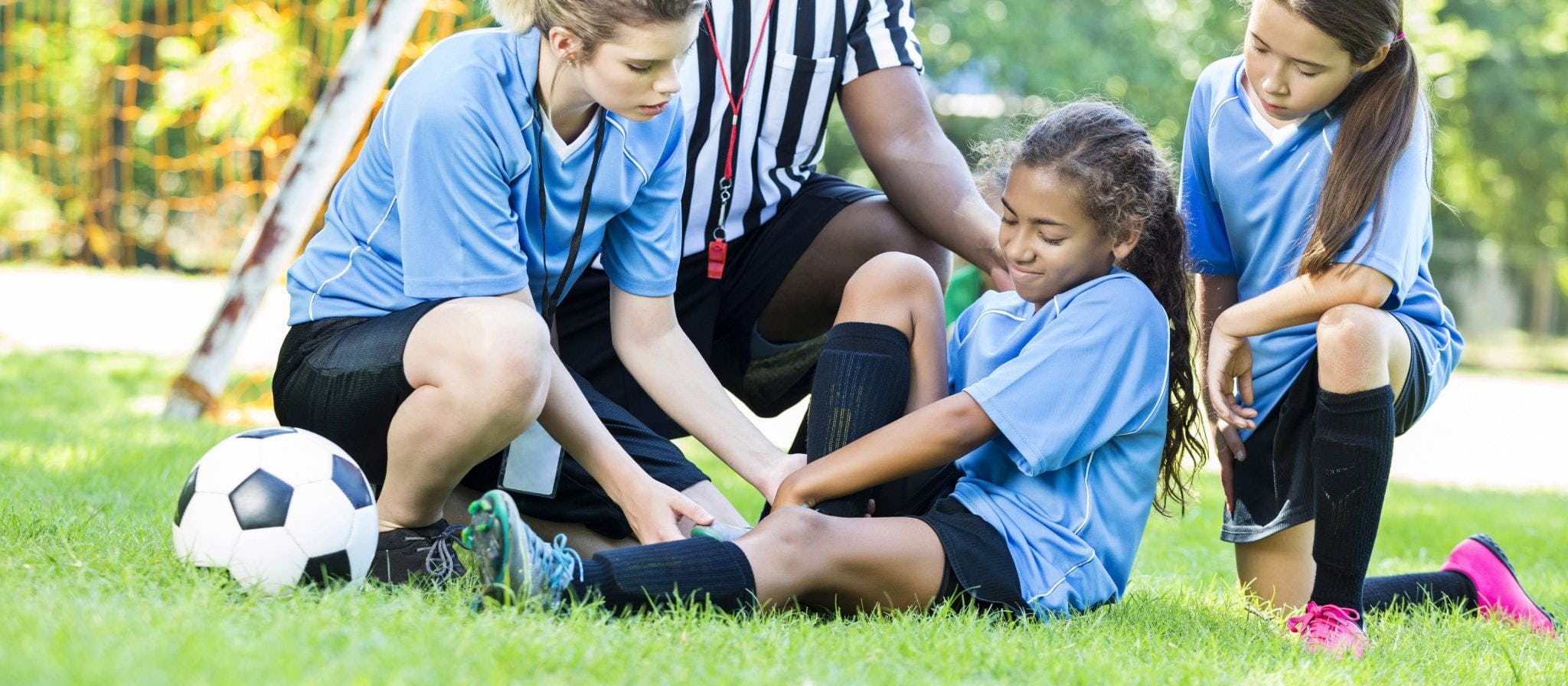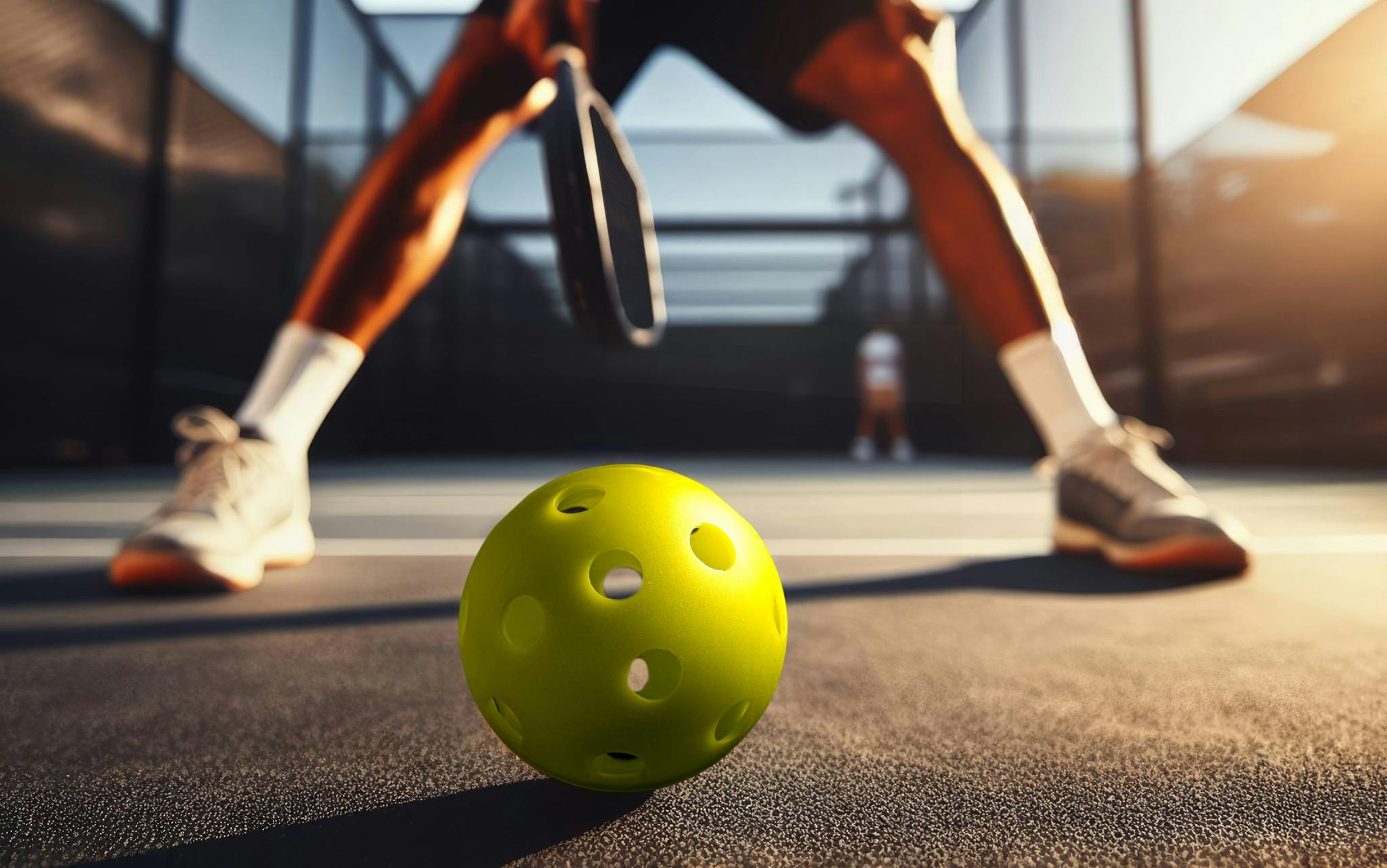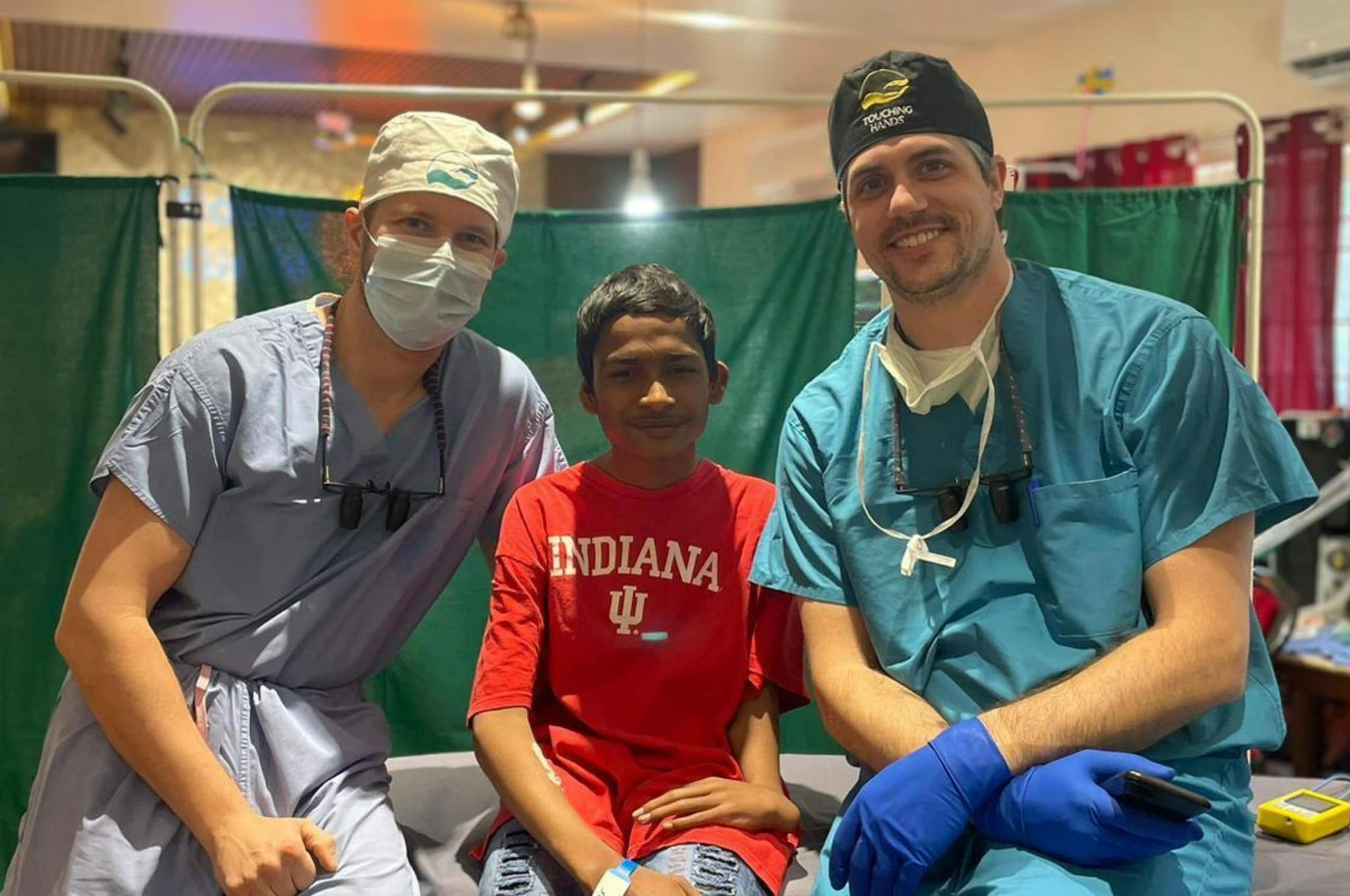Soccer is a popular game all over the world, but due to the stress it places on muscles, joints and bones, it can be the source of a number of sports injuries. According to the US Consumer Product Safety Commission, over 230,000 athletes were treated in hospital emergency rooms for injuries related to soccer in the year 2012.
With the proper preparation and knowledge, the risk of soccer injuries can be lowered significantly. It’s also important for coaches and staff to know proper first aid methods to handle sports injuries, should they occur. Here are the basics you need to know about common soccer injuries, tactics to avoid them and how you should respond to them.
Common Injuries
Soccer continues to rise in popularity, and especially as children get older and begin playing at higher levels of intensity, soccer-related injuries are prevalent. Some of the most common injuries include:
- Sprains and strains, often around the knee or ankle. These are the most common injuries.
- Collisions: Both full-body and kick collisions can occur, leading to injuries like cuts, bruises and concussions.
- Overuse injuries: This includes injuries like Achilles tendinitis and shin splints. In more serious cases, stress fractures may occur.
- Cartilage tears, fractures and contusions.
- Wrist sprains, wrist fractures and shoulder dislocations.
Preparing for Play
A primary strategy for limiting risk of a soccer injury is proper preparation before play begins. Here are a few things to keep in mind:
- Fitness: Remaining in good physical condition, particularly at the beginning of a soccer season, can go a long way. Incorporate a balanced fitness program including aerobic exercise, strength training and flexibility. Gradually increase activity levels to build up to a higher level of fitness.
- Stretching and warmups: Cold muscles are more likely to be injured, so take time to stretch and warm up before playing. Warm up with low-intensity exercises like jumping jacks, stationary cycling or running in place. Stretch areas like the hips, knees, thighs and calves, plus any others that may cause issues.
- Cool down: Also be sure to stretch after activity, both to reduce soreness and to keep muscles long and flexible.
- Hydration: Dehydration can damage athletic performance and prevent the body’s ability to cool itself. It’s recommended that you drink 24 ounces of non-caffeinated fluid two hours before exercise, and some people see benefits from an additional eight ounces of water or sports drink right before exercise. During exercise, drink an eight ounce cup of water every 20 minutes.
Equipment and Environment
Ensuring the proper equipment and safety features of the playing field and surrounding environment are also important factors. A few equipment considerations to keep in mind during soccer play include:
- Shin guards: Lower leg injuries are almost always caused by inadequate shin guards.
- Molded cleats or ribbed soles: Look for these styles of soccer shoe rather than screw-in cleats—unless you’re playing on a wet field or with particularly high grass, in which case screw-in cleats and their high traction may be needed.
- Soccer balls: Use synthetic, non-absorbent balls if the playing field is wet. Leather balls can become waterlogged and much heavier when wet, increasing the risk of injury.
There are also several areas you should consider regarding the playing field and general environment:
- Goals: Goals should be padded and secured properly to decrease the risk of collision injury, particularly head injuries. Goals should be secured with a chain or lock at the end of play to prevent goals from falling over. Forbid any crawling under or sitting on top of the goal, and any hanging from the net, to prevent injuries.
- Playing surface: Keep the playing surface in good condition, including filling bare spots and removing debris.
- Weather: Keep a careful eye on weather conditions. Immediately leave the field during a thunderstorm. Take breaks during hot weather, and ensure appropriate clothing during warm weather.
First Aid and Preparation
- Coaches should be knowledgeable on first aid and ready to administer it for minor injuries.
- Clean any scrapes or cuts to reduce chances of infection.
- Be prepared for emergencies, including a plan to reach medical personnel.
Return to Play
A player’s symptoms must be completely gone before they can return to play, including a total lack of pain and swelling and a full range of motion. In cases of concussion, players must be cleared by a medical provider after showing no symptoms.
If you or your child sustain a sports injury, contact your doctor for the proper treatment protocol.
Our orthopedics practice has provided care for over 30 years. Our staff is trained handle a variety of issues, including sports medicine. We care for you and your family with the same state-of-the art techniques we use with BYU and Olympic athletes.
Sources:
“Soccer Injury Prevention.” American Academy of Orthopedic Surgeons. http://orthoinfo.aaos.org/topic.cfm?topic=A00187
“Preventing Soccer Injuries.” Stop Sports Injuries. http://www.stopsportsinjuries.org/STOP/Prevent_Injuries/Soccer_Injury_Prevention.aspx






